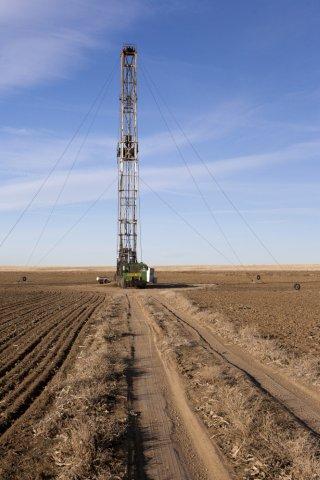FOR IMMEDIATE RELEASE
ACS News Service Weekly PressPac: April 23, 2014
How to avoid water wars between ‘fracking’ industry and residents
"Regional Variation in Water-Related Impacts of Shale Gas Development and Implications for Emerging International Plays"
Environmental Science & Technology
The shale gas boom has transformed the energy landscape in the U.S., but in some drier locations, it could cause conflict among the energy industry, residents and agricultural interests over already-scarce water resources, say researchers. They add that degraded water quality is a potential risk unless there are adequate safeguards. The feature article appears in the ACS journal Environmental Science & Technology.
Meagan S. Mauter and colleagues point out that a major criticism of extracting shale gas through hydraulic fracturing, or “fracking,” is that it requires tremendous amounts of water — 2.5 to 5 million gallons — to develop a single well. Water, along with chemicals and sand, is injected under high pressure into wells to create cracks, or fractures, in shale and release stored gas. In some water-rich places, such as Pennsylvania, this is not a significant problem. But in other locations, including some rural counties in arid south Texas, this level of water use competes with residential and agricultural needs and depletes groundwater resources. These and other types of region-specific scenarios are similar to what other states and countries could encounter when or if they also develop shale gas reserves. Mauter’s team looked at what practices could help maintain a balance between fracking and environmental and residential needs.
The researchers say that there are ways to minimize the industry’s water footprint. One method is to use brackish water that is not fit for drinking or agricultural use but can be suitable for fracking. The other method is to recycle the waste water. “Leadership from both industry and the U.S. government may be needed to assure that economic benefits of shale gas development are realized without significant regional impairment of water resource quantity and quality,” the authors conclude.


